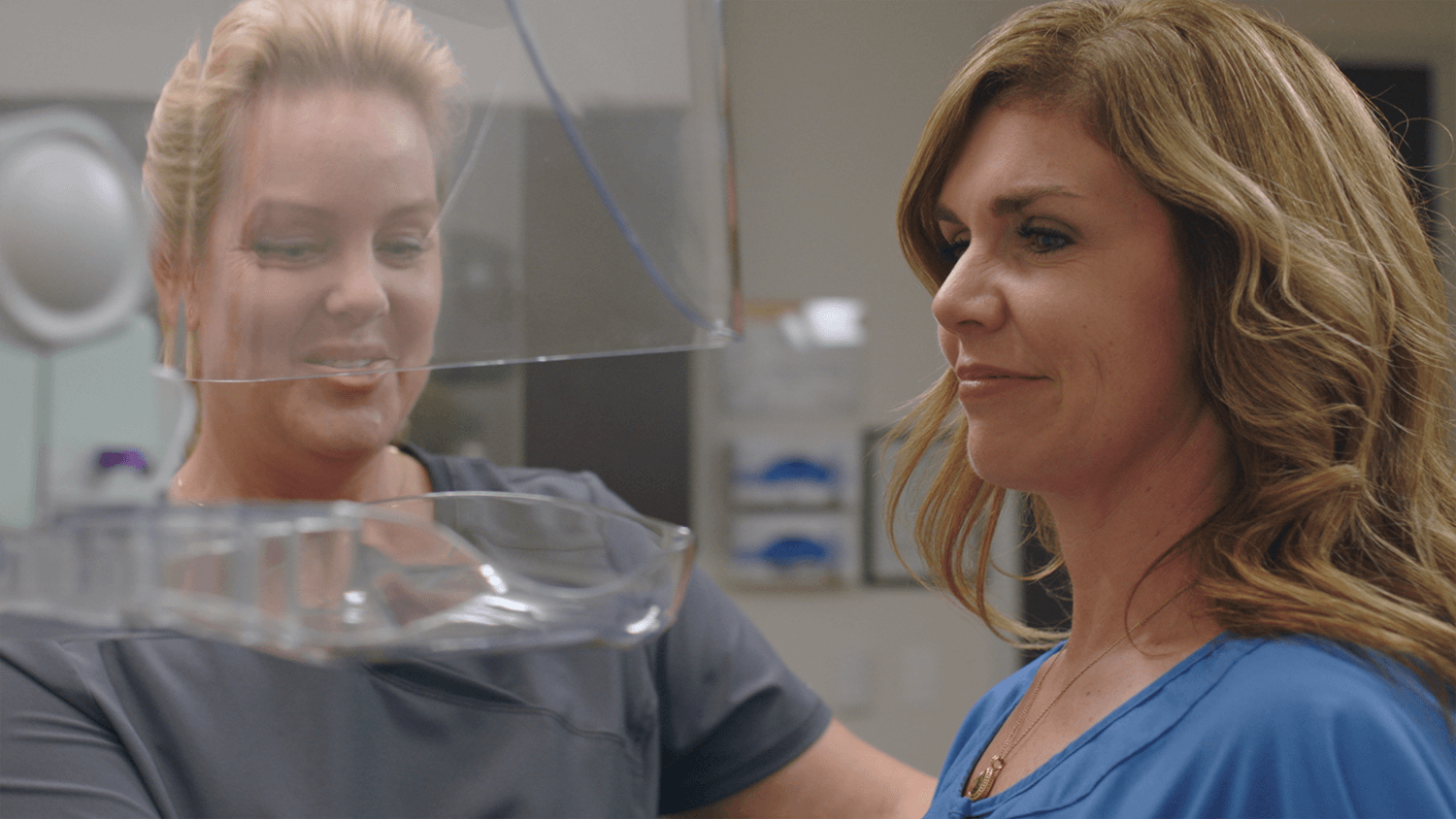Is your first mammogram coming up? Here’s what to expect.

Your first mammogram provides a baseline understanding of your breast tissue makeup and is used as a comparison for subsequent screenings to monitor changes.
Your first mammogram, known as a baseline mammogram, is important because it establishes what’s normal for your breasts so you and your mammography provider can monitor your breast health annually.
This first mammogram will determine the density of your breast tissue because research has shown that women with dense breasts have a higher lifetime risk of developing breast cancer.
All women are different, and the makeup of their breast tissue reflects that.
“Some women have more dense tissue. When you have more dense tissue, it can increase your breast cancer risk, and it can be harder to find breast cancer on the mammogram, so it's especially important to know your breast tissue.”
- Chirag R. Parghi, M.D., Chief Medical Officer
Solis Mammography, along with the American College of Radiology, the Society of Breast Imaging and the American College of Obstetricians and Gynecologists, recommends women with an average risk for breast cancer have a baseline screening mammogram at age 40, followed by a mammogram on an annual basis.
Your baseline mammogram may need to happen before age 40 if you have certain risk factors, including family history of breast cancer or BRCA gene mutations. Speak with your health care provider to assess your breast cancer risk and determine the best screening plan for you.
Annual mammograms are recommended for all women, regardless of family history, and provide the best chance of catching breast cancer early, when it’s easier to cure. About 85% of women who are diagnosed with breast cancer have no family history of the disease.
Our early detection screening platform combines 3D mammography, AI analysis and SmartCurve comfort technology for a more accurate and comfortable mammogram.
We want to be your trusted partner in breast health and help you create a lifetime mammography habit – a habit you can pass down to future generations. Having the same breast-specialized provider year after year means that we can monitor breast changes over time.
“As radiologists, it's extremely important we have a library of prior mammograms so we can compare images to prior years and look for subtle changes,” Dr. Parghi said.
The day of your mammogram:
- Wear a two-piece outfit. You will undress only from the waist up. We provide comfortable privacy capes to wear during your visit.
- Don’t apply deodorant the day of your exam. It can interfere with the images and cause an unnecessary return visit.
- Also, do not use lotion, powder, cream or perfume the day before or the day of your appointment.
- The mammogram procedure takes no more than 10 minutes, with each breast getting compressed twice. All our mammograms feature SmartCurve, a compression system shaped like a breast, which has been clinically proven to reduce discomfort.
Results typically are available in two business days.
You can choose a better mammogram. Schedule your appointment online.